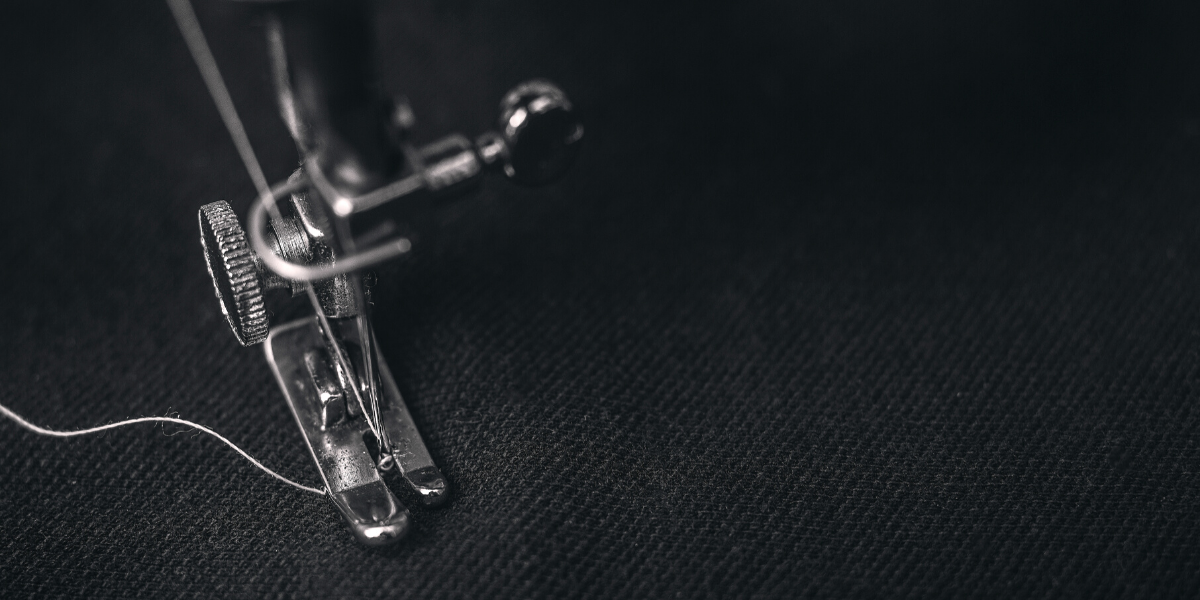
In sewing, the goal is to attach two pieces of fabric together to create a larger piece that is secure, and hopefully nice looking. In essence, it is a series of loops of thread along a seam. The neater the loops, the nicer it looks, and the smaller the loops the stronger the seam will be. For those of us who want our designs to rise to the next level and look professional, we need to learn some fairly advanced forms of stitching namely; Edgestitching, Topstitching, and Understitching. Here at Cathey’s in Tucson, AZ, we have everything you need to make your sewing creations complete, and to support your work as your skills improve. Here, we’ll help you understand what these terms mean so that you can begin to practice and master them.
What Are Edgestitching, Topstitching, and Understitching?
With practice and the right materials, these three types of stitching will make your creations stronger, nicer looking and raise the quality of your creations up several notches.
Topstitching
When you want your stitch to stand out against the outer fabric of your garment, the topstitch is usually the stitch of choice. The topstitch is done some distance from the edge of the seam, usually about a quarter of an inch. This stitch is useful for creating a sense of space, style, form, and shape. Topstitching usually appears on both sides of a seam. Careful planning is needed to use it properly, and machine sewing is probably necessary to keep the stitches even, uniform, and perfectly parallel to the seam or edge of the fabric. Special thread exists for topstitching which may or may not be necessary.
Edgestitching
The most important difference between a topstitch and an edgestitch is an edge stitch tends to be closer to the seam or to the edge of the fabric. While a topstitch tends to be about a quarter of an inch from the edge, the edgestitch will usually be about an 8th of an inch away. This is usually done to conceal the stitch as on a waistband, but it can also be done for decorative purposes depending on your design. Like a topstitch, the color of an edgestitch can contrast with or match the material you are working with. Special thread exists for use in this type of stitching, but may not always be needed.

Understitching
Our final advanced stitch is the understitch. The purpose of the understitch is to conceal your stitching. It is used to add strength to a garment without disrupting the desired look of your final product or to add interior features like hanging loops, lining, pockets, and other features. As with topstitching and edgestitching, there is special thread that may be best for an understitch in some cases.
Whether you need basic materials for practice, or high-quality items to create beautiful garments that will last for years, we have you covered here at Cathey’s in Tucson, AZ. Get in touch today to learn more, see what’s available, and schedule curbside pickup.
Sources https://makersrow.com/blog/2016/11/garment-specifics-understitching-topstitching-and-edgestitching/#






